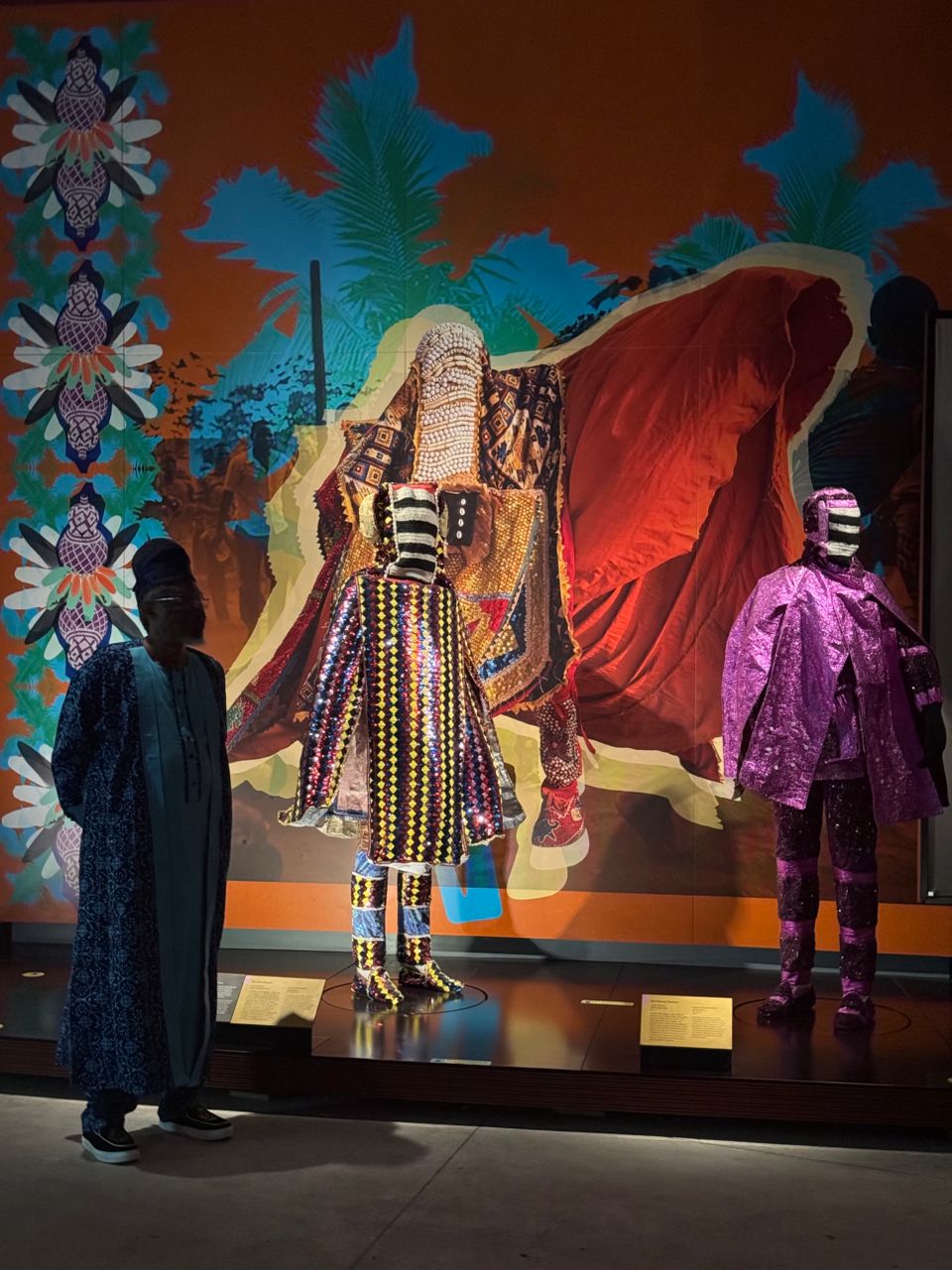Toyin Falola
Africa’s history and cultural identity are shaped by its extensive cultural legacies, which have established its traditions and values. Every aspect of African life, including language, art, faith, and community, is influenced by cultural elements. As recent industrialization and globalization trends pose serious threats to Africa’s cultural diversity, the continent now requires cultural centers to preserve and develop its historical narratives. Through these centers, communities have venues to showcase their traditional customs and heritage, as well as their art, making them significant locations for cultural education and preservation. The John Randle Cultural Centre, alongside older institutions such as the Mbari Cultural Centre and the Alliance Française, serves as a vital space where communities rejuvenate their traditional practices, educate new generations, and share their remarkable heritage with the world. These programs support Africa’s rich culture, making its people feel proud, as if they belong and are part of something bigger.
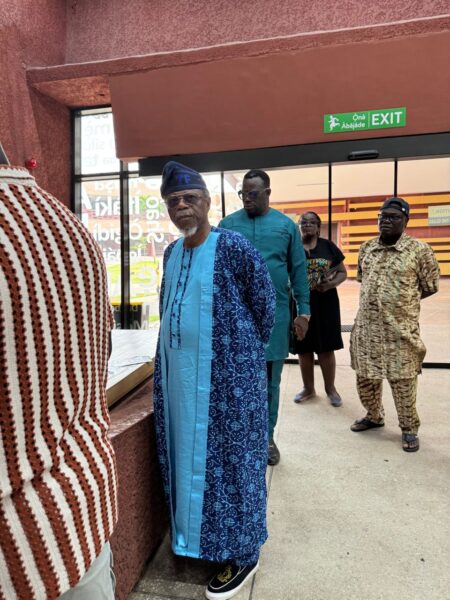
Over the years, Yoruba culture, traditions, and rituals have undoubtedly contributed to the growth and success of Lagos and Nigeria as a whole. The Yoruba people’s long history has shaped their music, art, and culture. People from all around the world now recognize the importance and relevance of this culture. People visit the famous Eyo Festival to witness its essential and innovative aspects. The Eyo Festival is known for more than just its bright costumes. They also symbolize happy music and fun dancing. Fuji, Afrobeats, and Juju are just a few of the renowned musical forms that emerged from Yoruba society in the 20th century. Ebenezer Obey, Fela Kuti, and Ayinde Barrister were all well-known musicians who played in diverse styles, making a significant contribution to shaping and influencing these trends. Nigerian pop culture is rich in music, as the songs are incredibly catchy. Similarly, the Nigerian film industry has not only projected Yoruba music and culture, but it has also helped preserve African stories, traditions, and myths alive in its films. People are also remembering, showcasing, and preserving Yoruba art and crafts, such as textiles, ceramics, and wood carvings because they are both beautiful and historically significant.

The John Randle Centre for Yoruba Culture and History is a bright testament to the relentless spirit of many Nigerians. It sits in the historic part of Lagos Island and is more than just a museum or cultural facility; it is also a gathering place for people to celebrate their culture. The Centre is a site where Yoruba history from the past and present come together.
The story began in 1928, over a hundred years ago, when Dr. John K. Randle, a well-known doctor and philanthropist from Sierra Leone who resided in Lagos, chose to focus on his own business. At this time, the colonial authority had turned down a request to build a swimming pool for the people of Lagos. Randle then built one for the city, and henceforth, people could unwind in Love Garden, which was formerly known as King George V Park. It was one of the few parks open to the public where this was permitted.
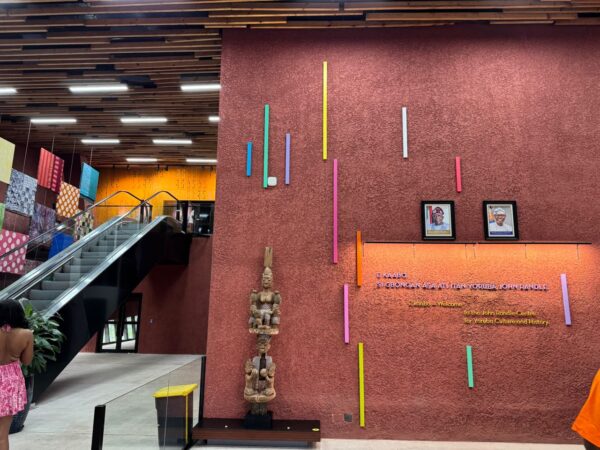
The site had grown by the 1950s to include the J.K. Randle Memorial Hall, a busy community venue where school plays, and other cultural events were hosted. But as time passed, the Centre that used to be full of life became empty, and the place changed. In 2017, the Lagos State Government initiated a major project to restore the historic building to its former glory. This became a new dawn, signifying the development of the present John Randle Centre for Yoruba Culture and History. This project was more than just a renovation; it was an entirely new way of presenting Yoruba cultural heritage in a modern African city. The idea was to create a venue that showcases both technology and the beauty of Yoruba culture. The green paint on the building demonstrates the unity and connection between the Nigerian people and their environment.
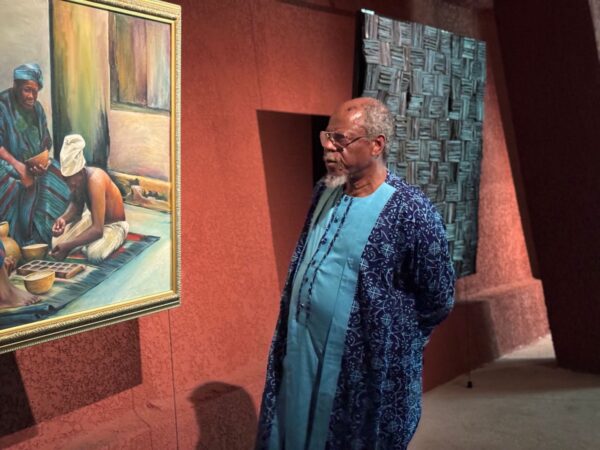
The Centre’s entrance evokes memories, as it serves as an equilibrium between the past and the present. From government, religion, and philosophy to art, trade, and fashion, the 1,000-square-meter display gallery is carefully structured to allow visitors to travel through the significant facets of Yoruba civilization. Starting with Yoruba origin stories—tales of gods like Obatala and Esu—it proceeds into the intricate systems of precolonial government and social organization, which explains its depth and profundity in history. The interactive displays are pretty different from dusty relics behind glass. Among these features are augmented reality elements, audio tours available in multiple languages, and short videos that bring ancestral stories to life. The most tangible richness of the show is the smooth feel of hand-woven fabrics, the dominating presence of traditional masquerade costumes, and the striking images of ancient fiestas, such as Eyo, which stand out. One segment of the museum recreates the forge of a Yoruba blacksmith; another transports you to a 1960s Lagos photo studio.

It is noteworthy to reiterate that the John Randle Centre is a fully functioning communal space rather than just a display venue. For instance, the restored swimming pools honor Randle’s initial gift to the city. Along with seminar rooms for lectures and workshops a performance space where dancers, poets, and musicians come alive under the spotlight, the building also provides a library with publications on African literature and history. Outside, open-air courtyards are gathering places for open-mic evenings, live traditional music, and storytelling. The kitchen also presents modern interpretations of Yoruba cuisine, such as amala or seafood okra, with a hint of suya spice.
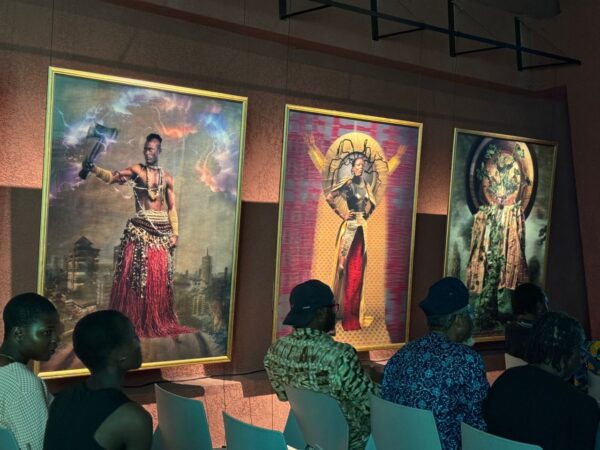
For many Lagosians, the Centre represents not just a location but pride. It draws Yoruba history into the rhythms of daily living from the shadow of textbooks. For visitors, it offers a genuine glimpse into one of the most vibrant civilizations in West Africa. Scholars, artists, and students all find a wealth of ideas and research there. The Centre stands for something quite substantial, and it is steadfast in saying: This is who we are, and this is where we are going in a society where globalization could flatten cultural identity. It is also very crucial for Lagos’ broader general tourism and artistic plan. With its strategic positioning adjacent to other historic sites, such as Freedom Park and the National Museum, it creates a cultural corridor in Onikan that fosters a greater respect for Nigerian history and legacy among both residents and guests.
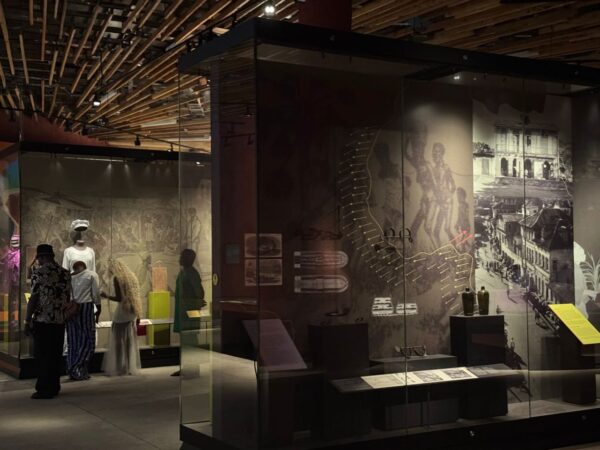
The way the John Randle Centre links together past, present, and future makes it unique not only in terms of architecture or even displays. Imagine a time when cultural legacy is something we live in rather than something we archive. It reminds us that Yoruba culture is dynamic, much as all great civilizations are. It changes, becomes flexible, and grows. In paying tribute to Dr. John Randle, the Centre also establishes a new standard for what public cultural organizations in Nigeria and throughout Africa can aspire to be. It is a fitting homage to a man who believed in public service and a gift to the next generations who can now stroll through its doors and see themselves mirrored in every corner.
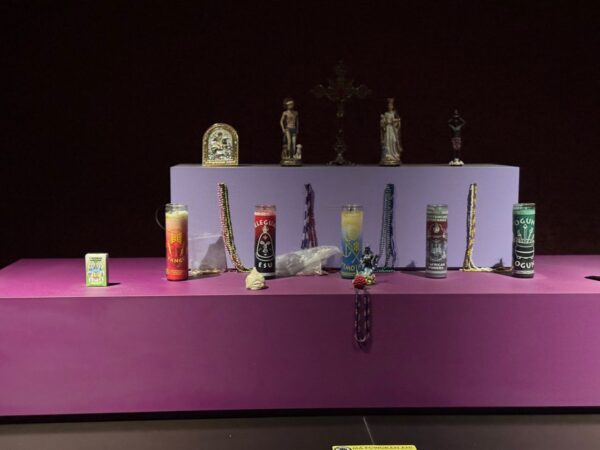
Epilogue: Seeds of Culture
In a sacred clime, a strong culture sprouted
in the West of Nigeria, where the gods whispered
the secrets of the dawn through the darkness of night.
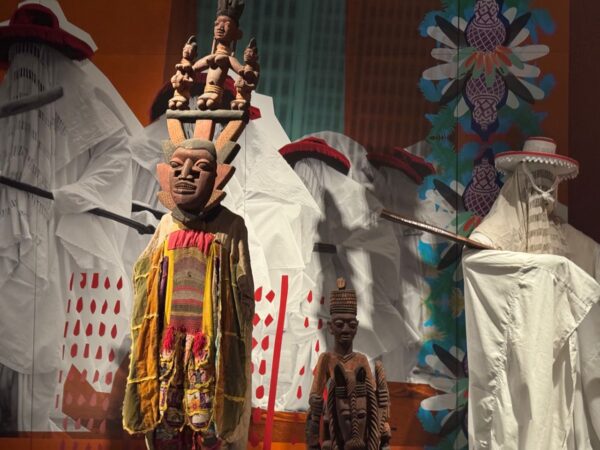
Its seed gradually sailed across the Atlantic’s waves,
taking a new root on the Caribbean soil,
where it found another home.
Like a palm tree spreading fronds across the land,
Youruba’s territory spans the globe.
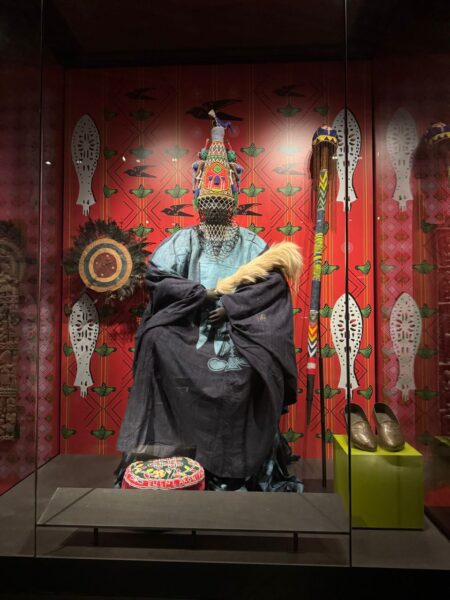
I heard the Ifa speak in Brazil’s Candomblé,
and its wisdom echoed through the shrines,
where ancestors’ secrets are revered.
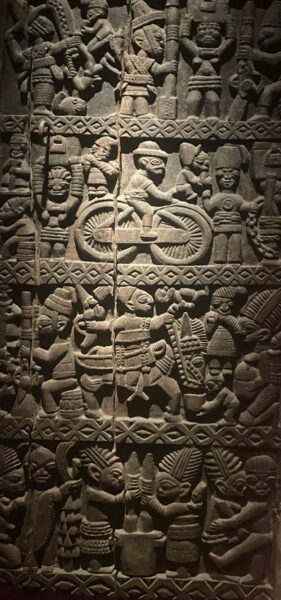
In Angola, the semba breathes the culture to life
through its rhythm. From Oyo’s imperial past to Ife’s
cultural roots, the heritage travels across the circular world.
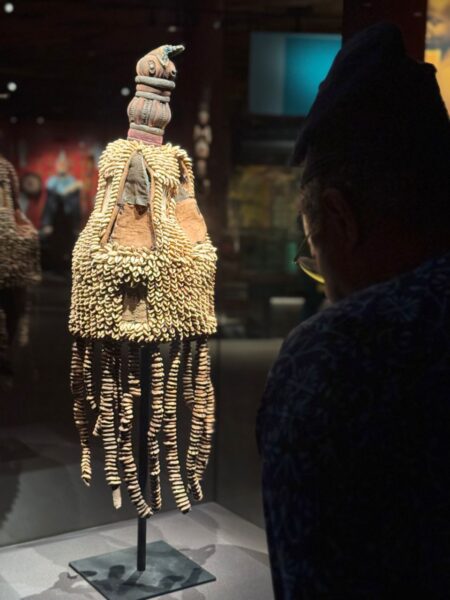
As the kola nuts are broken into wisdom nuggets,
the Yoruba culture breaks into the world
and flourishes through civilizations
that rise and fall like shifting sands.
